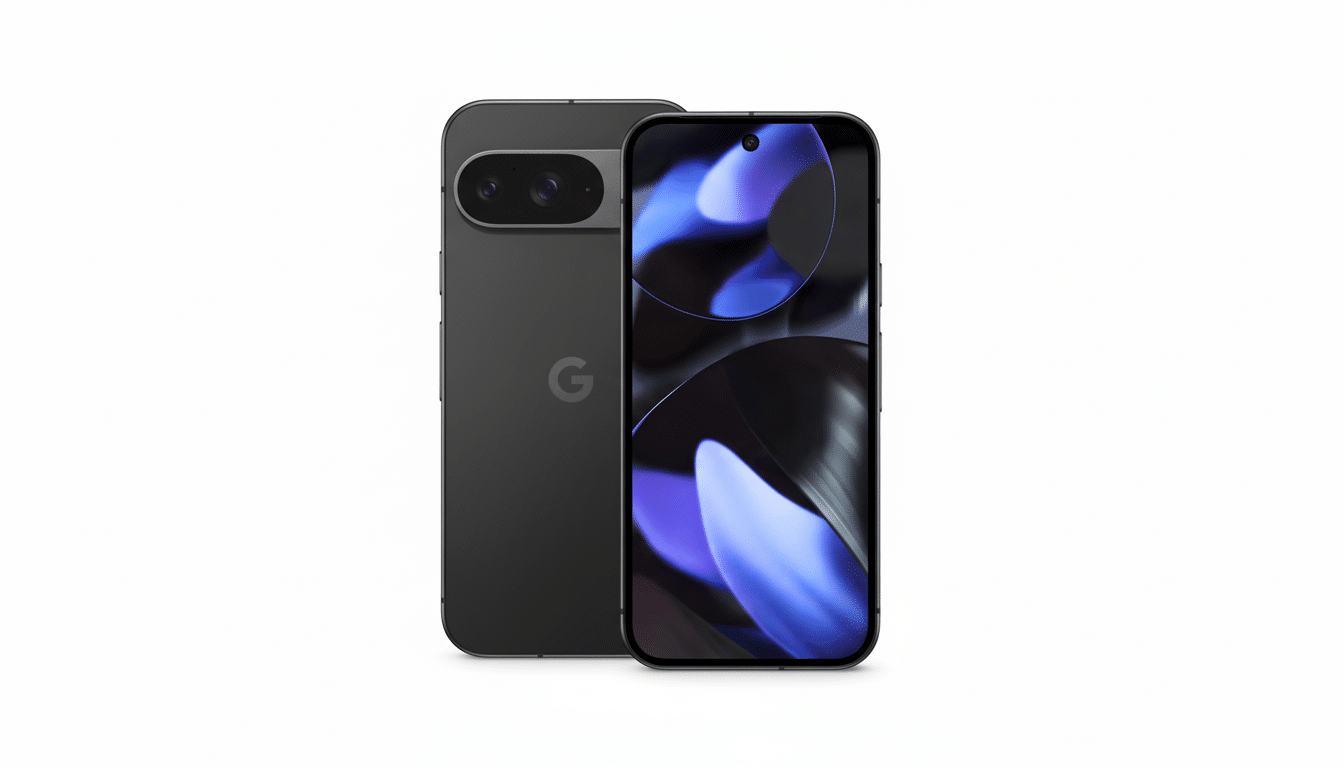Budget Android phones have come of age. The $300–$500 tier once meant massive compromises, but not so with today’s value tier that brings you 120Hz OLED screens, multi-day batteries, and reliable cameras. Counterpoint Research says phones under $400 are about 70 percent of global shipments, with an average price of $297, and the arms race for value is evident in features now trickling down from top-tier smartphones.
Having tested recent releases and compared long-term reliability and software policies, these are the best budget-friendly options across Android, currently arranged by what matters most: cost, cameras, and longevity.

Top picks under $500 for value-focused Android buyers
For most people, Google Pixel 9a is still the best choice at about $499. It’s cleaner-looking than older Pixels and leans on a 48MP main camera that doesn’t embarrass itself when you’re just after sharp, social-ready shots. You’ll get Google’s signature AI editing tricks such as Best Take and Magic Editor, plus, importantly, an extended update promise that runs years beyond what budget rivals typically offer. Battery life is great; it charges more slowly, but with that day-to-day chuggability and the apparent full support, this would win hands down for me.
If you’re looking for more screen, faster charging, or a stylus included in the box, Motorola’s Moto G Stylus (2025) beats out the Pixel with its high-reaching 6.7-inch OLED display and fast 68W wired speeds. Performance from Qualcomm’s midrange silicon is steady, and the pen really is good for annotations and quick sketches. The trade-off is a narrower software support window and a plastic build, but for power users on the cheap, it’s compelling.
Great Android gifts under $300 and under $200 to consider
Nothing’s CMF Phone 2 Pro is the disruptor, coming in at roughly $279. It gets you a 6.77-inch, 120Hz AMOLED and a triple camera kit that includes an actual telephoto lens, plus ingeniously designed modular back-plate accessories that are squarely flagship-adjacent. There’s NFC on board (addressing a perennial budget gripe), and the Essential Key adds quick actions. One warning for US buyers: Network band support favors T-Mobile and is weakest on Verizon, so make sure your network carrier of choice will work before you buy.
On a tight $200 budget, Samsung’s Galaxy A16 5G is the pragmatic choice. It combines a 50MP main cam with a 5,000mAh battery and an accessible design. The headline here, however, is software support: Samsung’s lower-end line now gets long security and OS coverage, and the actual phone is relatively decent. Performance is fair and the secondary cameras are bare-bones, but the value calculus is compelling for first-time smartphone buyers and students.
Affordable camera standouts and the most budget-friendly foldable
Nothing Phone 3a Pro: For camera lovers who wish not to overpay, the Nothing Phone is it. It boasts a triple-camera system featuring a 50MP periscope zoom with 3x optical and up to 60x hybrid. Such dedicated zoom at this price is hard to find. Performance from Qualcomm’s 7-series chip and up to 12GB RAM ensures that Nothing OS remains snappy, and the design is delightfully unique. Similar to CMF, US carriers are also a bit of a crapshoot and you’ll want to check bands before purchasing.
None of these foldables qualify as inexpensive, but the Motorola Razr (2025) is aiming to be the most affordable. It’s priced hundreds cheaper than conventional flip phones but includes a big outer display that can run full apps, a nicer hinge, and cameras that are versatile for everyday shooting. For social feeds and streaming, a current MediaTek 7-series chip is plenty. The cover-screen experience is a plus — no hacks required to run what you want — which means this one is the flippiest to live on without having to constantly open it.

Affordable Android flagship alternatives with top features
OnePlus 13R. With a Snapdragon 8 Gen 3, 12GB RAM, and massive 6,000mAh battery, the OnePlus is worth more than its weight class would suggest. The phone’s 80W wired charging fills up from empty in just under an hour, while the 6.78-inch panel gets blisteringly bright and lets you swipe and touch it with wet fingertips. The ultrawide camera is just so-so and there’s no wireless charging, but raw speed and battery life are best-in-class for the money.
For those who value polish and longevity, Samsung’s Galaxy S25 FE is the answer. With 45W charging, wireless charging, a tough build, support for Qi2-ready accessories, and an incredibly generous seven-year Android and security update policy, this is a long-haul device. Cameras are proven, if familiar, and performance is consistent through Samsung’s latest in-house chip and beefed-up cooling.
How to pick the right budget Android phone for your needs
Match the phone to your priorities. If updates and point-and-shoot photos matter most, pick Pixel 9a. If you want fast charging and a big OLED, the Moto G Stylus is hard to beat. For the lowest prices, CMF Phone 2 Pro and Galaxy A16 5G land the right basics — just confirm network support and temper camera expectations.
Focus on three specs: display, battery, and support.
- 120Hz OLED improves everything you see.
- 5,000mAh battery with at least 25W charging keeps you moving.
- A clear multi-year update policy protects your purchase.
Canalys notes that these latest flagship features are migrating to the midrange faster than ever: you no longer have to accept clunky screens and short lifespans to save money.
The bottom line is simple. Android’s budget tier is no longer about settling — it’s about selecting. With smarter silicon, better cameras, and longer support windows, the best cheap phones now feel premium where it counts, and stay that way for years.

